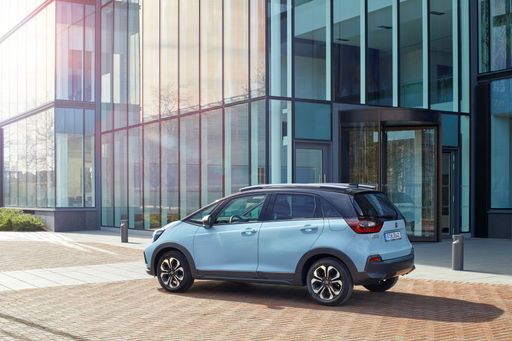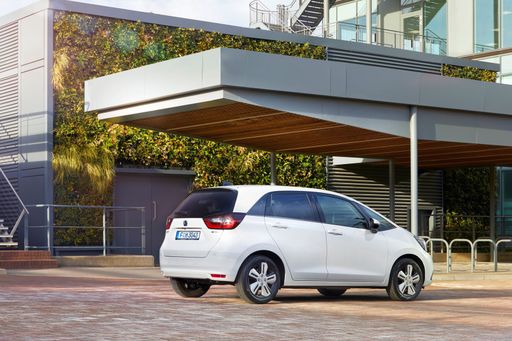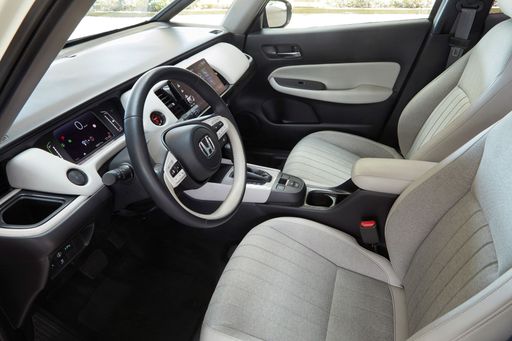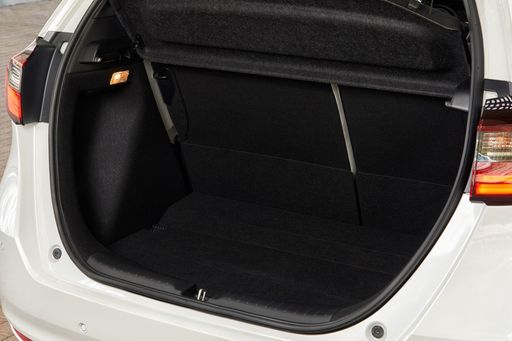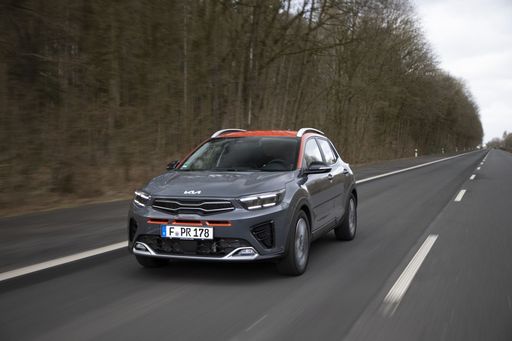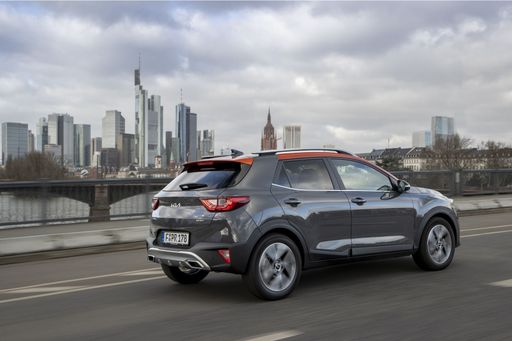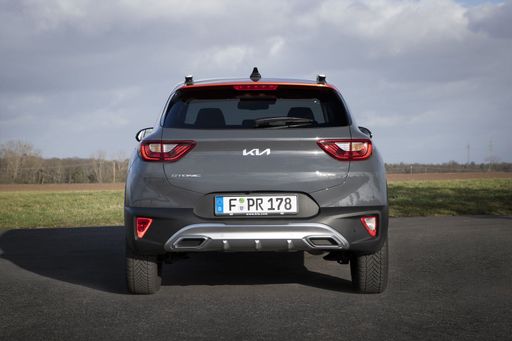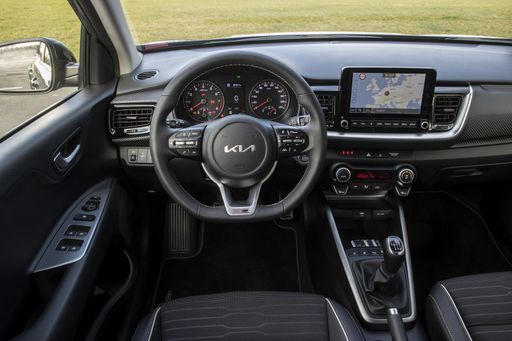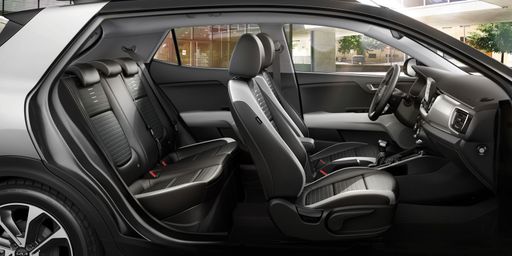Honda Jazz vs. Kia Stonic: A Comprehensive Comparison
In the world of compact cars, the Honda Jazz and Kia Stonic stand out for their unique offerings. With advancements in technology and design, they cater to a variety of driver needs. This article compares these two models, dissecting their technical specifications, performance metrics, and innovations to help you decide which suits you better.


